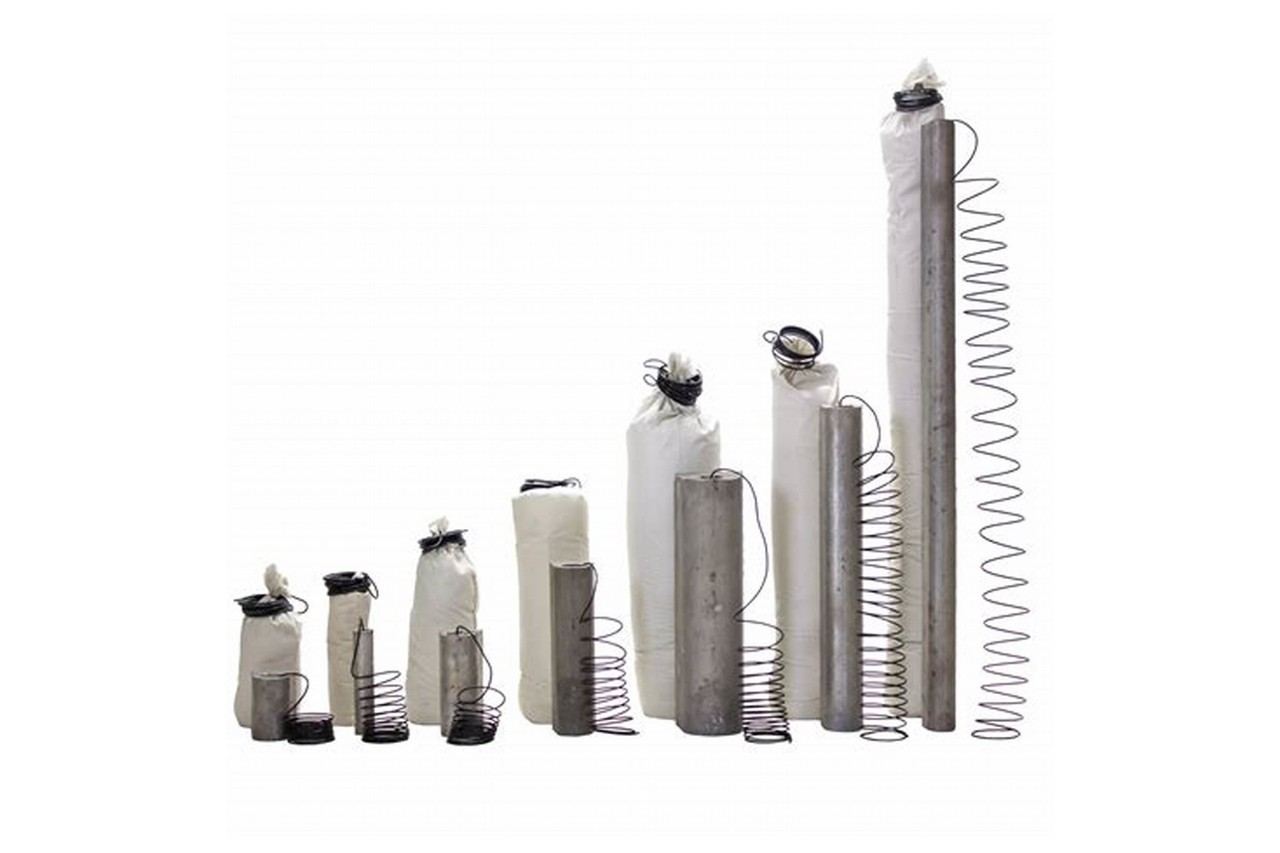
When it comes to corrosion control in various metal structures, sacrificial anodes play a crucial role. These fascinating devices are designed to protect other metals from deteriorating by sacrificing themselves in the process. If you’re curious about sacrificial anodes and want to delve deeper into their mechanism and applications, you have come to the right place!
In this article, we will explore 12 astounding facts about sacrificial anodes that will captivate your interest and expand your knowledge in the field of corrosion protection. From their origins and composition to their effectiveness and diverse applications, these facts will leave you amazed at the ingenuity behind sacrificial anodes and their impact on preserving the structural integrity of various metal objects.
Key Takeaways:
- Sacrificial anodes are like superheroes for metal structures, sacrificing themselves to protect other metals from corrosion. They are used in boats, pipelines, and even water heaters to keep things rust-free!
- Regular check-ups and replacements are crucial for sacrificial anodes to continue their corrosion-fighting mission. By using sacrificial anodes, we can make our world more sustainable and reduce the need for constant repairs.
What is a Sacrificial Anode?
A sacrificial anode is a metal component commonly used to protect structures and equipment from corrosion.
The Principle of Sacrificial Anodes
The principle behind sacrificial anodes is based on the Galvanic series, which states that when two different metals are in contact in an electrolyte, the metal with a more negative electrochemical potential will corrode sacrificially to protect the other metal.
Key Components of Sacrificial Anodes
The key components of a sacrificial anode are the core metal, usually made of zinc or aluminum, and a steel wire or rod used as a conductor.
Applications of Sacrificial Anodes
Sacrificial anodes are widely used in various industries, including marine, oil and gas, and infrastructure, to protect structures such as ships, pipelines, offshore platforms, and water heaters from corrosion.
Sacrificial Anodes in Marine Environments
In marine environments, sacrificial anodes are commonly used to protect boats, ships, and other submerged metal structures from the corrosive effects of seawater.
Sacrificial Anodes in Oil and Gas Industry
The oil and gas industry extensively uses sacrificial anodes to prevent corrosion in pipelines, storage tanks, and other equipment exposed to harsh environments.
Sacrificial Anodes and Cathodic Protection
Sacrificial anodes are an integral part of cathodic protection systems, which aim to control and prevent corrosion of metal surfaces by making them the cathode of an electrochemical cell.
Sacrificial Anodes for Water Heaters
Water heaters commonly utilize sacrificial anodes to protect the interior lining of the tank from corrosion caused by the water’s mineral content.
Sacrificial Anodes and Maintenance
Regular inspection and replacement of sacrificial anodes are crucial to ensure their effectiveness in corrosion prevention. Anodes should be inspected annually and replaced when they are significantly depleted.
Sacrificial Anodes for Underground Structures
Sacrificial anodes are sometimes used to protect underground structures, such as storage tanks and pipelines, from corrosion caused by soil conditions.
Sacrificial Anodes and Electrical Isolation
It is important to ensure electrical isolation between sacrificial anodes and the structure they are protecting to prevent galvanic coupling with dissimilar metals and reduce the risk of corrosion.
The Environmental Impact of Sacrificial Anodes
The use of sacrificial anodes helps extend the lifespan of structures and equipment, reducing the need for frequent replacements and contributing to a more sustainable approach to corrosion protection.
Conclusion
In conclusion, sacrificial anodes play a vital role in protecting metal structures from corrosion. They are fascinating and highly effective devices that utilize the principle of galvanic corrosion to extend the lifespan of various objects. From ships and pipelines to water heaters and offshore platforms, sacrificial anodes are employed in a wide range of industries.
By sacrificing themselves and corroding instead of the metal structure they are protecting, sacrificial anodes ensure the longevity and integrity of these objects. They are a testament to the ingenuity of chemists and engineers who have developed innovative ways to combat corrosion and preserve our valuable assets.
So, the next time you come across a corroded metal structure, remember the incredible role that sacrificial anodes play in preventing such damage.
FAQs
Q: What is a sacrificial anode?
A: A sacrificial anode is a highly active metal component that is intentionally corroded to protect a less active metal object from corrosion.
Q: How does a sacrificial anode work?
A: Sacrificial anodes work through a process called galvanic corrosion. The more active metal of the anode corrodes instead of the protected metal, preventing it from rusting or decaying.
Q: Where are sacrificial anodes used?
A: Sacrificial anodes are used in various industries and applications, including ships, pipelines, offshore platforms, water heaters, underground tanks, and more.
Q: How long do sacrificial anodes last?
A: The lifespan of sacrificial anodes can vary depending on factors such as the environment, the size of the anode, and the object being protected. Typically, sacrificial anodes need to be replaced every 3 to 5 years.
Q: Can sacrificial anodes be reused?
A: No, sacrificial anodes cannot be reused. Once they have corroded, they need to be replaced with new anodes to ensure continued protection against corrosion.
Q: Can sacrificial anodes be installed on existing structures?
A: Yes, sacrificial anodes can be retrofitted onto existing structures. However, careful consideration must be given to their placement and compatibility with the metal being protected.
Was this page helpful?
Our commitment to delivering trustworthy and engaging content is at the heart of what we do. Each fact on our site is contributed by real users like you, bringing a wealth of diverse insights and information. To ensure the highest standards of accuracy and reliability, our dedicated editors meticulously review each submission. This process guarantees that the facts we share are not only fascinating but also credible. Trust in our commitment to quality and authenticity as you explore and learn with us.
